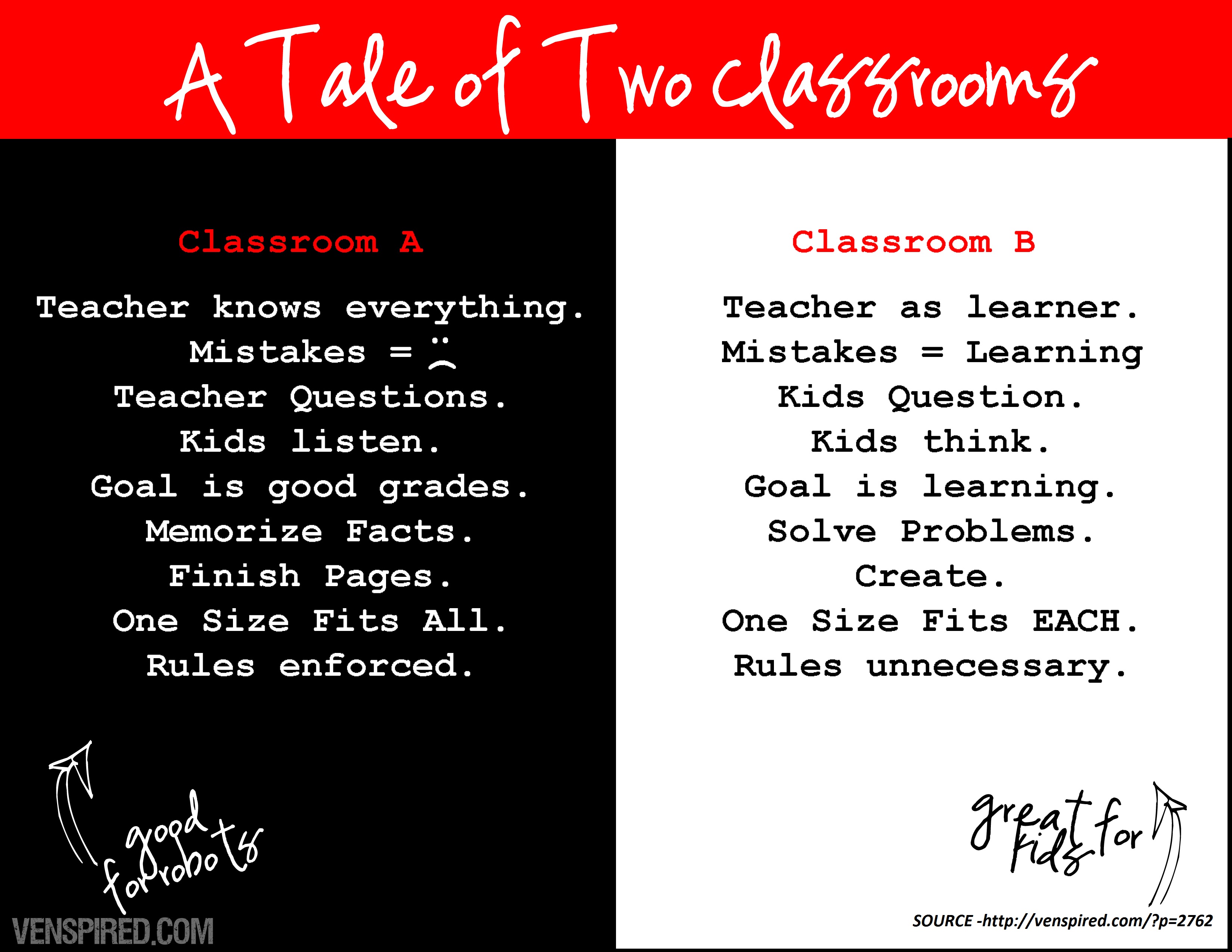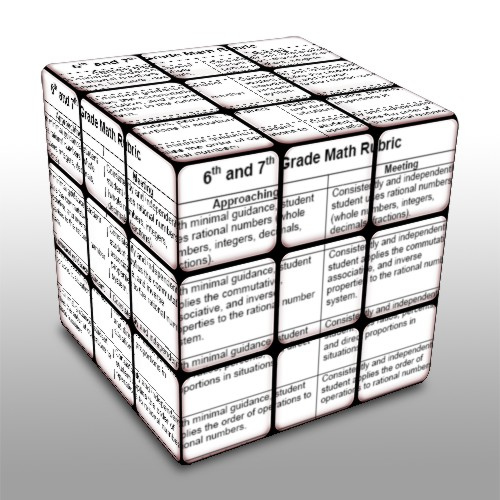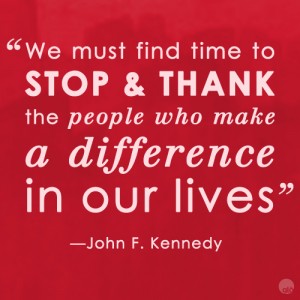
“The greatest part of each day, each year, each lifetime is made up of small, seemingly insignificant moments. Those moments may be cooking…playing catch with a child before dinner, speaking out against a distasteful joke, driving to the recycling center…. But they are not insignificant, especially when these moments are models for kids.” – Barbara Coloroso (20th Century), U.S. Parent, Educator, Author. Kids Are Worth It (1994)
If you’re blessed to be a parent, you can probably think of a time or two when you’ve had a teachable moment with your son or daughter. As teachers, we are blessed to have the privilege to experience teachable moments at work, too. Have you experienced any teachable moments lately in the classroom?
One of the beauties of being a teacher is the opportunity to recognize and turn a seemingly inconsequential moment in the classroom into a powerful experience that provides students with a life lesson. And those moments enhance all the planning and preparation of your well-crafted lesson, a little bit like the sprinkles on a cupcake.
You might be surprised to know that teachable moments aren’t something everyone does naturally. It’s a skill that may take time to develop, but it is one of the strongest teaching tools to have in your professional “kit”. Teachable moments aren’t necessarily accidental. Teachers who are intentional about their work keep eyes and ears poised for teachable moments. They are constantly observant, taking the time to notice, stop and engage with their students. It means that they can adapt to the moment, not afraid (outwardly) of where the moment may take them. Yet, they are willing to deviate for a few minutes from carefully developed plans because they value taking the risk to make learning real. They know that, to meet the students where their interest and curiosity lie, leads to greater engagement and motivation. It’s something that the pressures of data and testing and AYP can’t, and shouldn’t, eliminate from classrooms. It’s what keeps intentional teachers (and hopefully you) coming back, day in and day out, to the classroom.
If you Google the term, you’ll see that “teachable moment” is broadly used in a variety of contexts. What’s key to remember is that a teachable moment is a real benefit in our classrooms. It’s spontaneous, addressing what sparks the interests of your students. It may feel uncertain, yet it gives a different flavor to the learning. It brings out change, both in the learners and the teacher. What is more valuable than speaking to the moment? Don’t teachable moments make us glad to be educators?
AL A CARTE (11/15/2013)
Intentional Teaching – On the topic of teachable moments, I enjoyed this writer’s thinking through the idea of intentional teaching. Nice reminders. Made me ask myself: What techniques, cues, modeling tips and strategies do I integrate into my daily life as an educator to intentionally create learners? I’d ask you the same.
Your Brain on Visualization – Cool infographic about how the brain stays focused on visual representations. Now how can we transfer that focus to reading our classroom text??
The Secret to Successful Close Reading – I value the research of Douglas Fisher and Nancy Frey. They always seem to be on the cutting edge of best practice.
Gobstopper – This is the coolest app around! Oh, the day students have tablets, how easy it will be for them to read at home…and for us to keep tabs on how they are doing.
Q & A with Donalyn Miller – Thought you’d like to read about Donalyn Miller and her new book. Here’s an older article that is also a valuable read.



